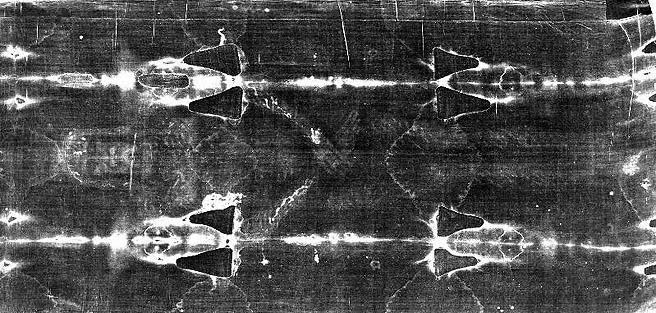According to Trips2Italy.com, Emilia-Romagna is a region of Italy that was once known as “the breadbasket of the Roman Empire.” With a rich history of fine cuisine, it is responsible for many of the culinary treats people take advantage of worldwide, including Parmesan cheese and prosciutto di Parma.
The city of Bologna is not only the capital of Emilia-Romagna; it is also known as one of the culinary capitals of Italy. It is called by many names: “Bologna la Grassa” (Bologna the Fat) because of its gastronomic specialties, “Bologna the Learned” because it is home to the oldest university in Europe (founded in 1088), and “Bologna the Red” because of the rust colored roofs on the city’s buildings. A great place to begin exploration of Bologna is at Le Due Torre, or the
The city of Modena is also an important area of culinary art, though other industries take precedence. In modern times, the auto (Ferrari, Lamborghini, etc.) and ceramic industries are held in Modena’s highest regard. Culture is also an incredibly important aspect of daily life, and the people of the city are undoubtedly proud to boast that it was the home of Luciano Pavarotti.
For more information about tourism in Emilia-Romagna, a great site to visit is http://www.emiliaromagnaturismo.it/english/.




